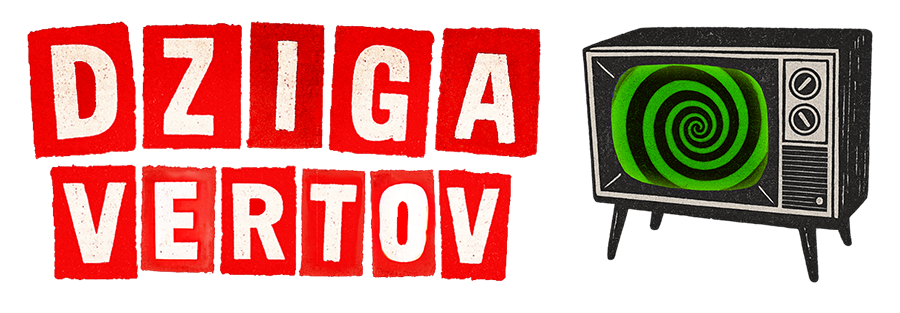Copy sells. Content connects. They use the same pen—but bleed different.
TikTok virality can make you famous for a week.
TikTok ESOV can make you bigger for a year.
What is Copy? What is Content?
- Copy is the sharp blade. Its purpose: persuade. Trigger action. Make people click, buy, subscribe—now. Think headlines, sales pages, ads, email CTAs.
- Content is the long game. It builds trust. It educates, informs, entertains. Not always selling. Think blogs, how-to videos, newsletters, guides, podcasts.
Same tool, different purpose. (source)

Copy vs. Content: Bloodlines Compared
| Feature | Copywriting | Content Writing |
| Primary goal | Sell. Trigger action. | Build trust. Offer value. |
| Tone & urgency | Direct, emotional, urgent. | Informative, reflective, calm. |
| Formats | Headlines, CTAs, ads, short emails, landing pages. | Blogs, articles, videos, how-tos, podcasts. |
| Metrics | Conversions, CTR, sales. | Organic traffic, time on page, engagement, SEO ranking. |
| Stage of funnel | Bottom—decision/action. | Top/middle—awareness, interest. |
Why the Difference Matters
- Strategy clarity: If you’re not sure what you’re aiming for—trust or action—you’ll miss both.
- SEO impact: Content feeds Google. It ranks, it draws traffic, it builds authority. Copy, though critical, rarely ranks by itself. (source)
- Trust factor: Nobody wants to be sold to 24/7. People want to learn, relate, and feel seen before they buy. Content builds the bridge.
- Conversion synergy: The best copy lands when content has paved the way. Email nurtures > CTA closes.
How to Write with the Right Blood
How to Write with the Right Blood
- Use action verbs: Download. Join. Claim.
- Tap into urgency: Now. Limited time. Ends today.
- Highlight benefits, not just features: What’s in it for me?
- Be bold, direct: Cut the fluff.
Writing Trust-Building Content
- Start with real questions: Solve problems your readers have.
- Break it down: Use visuals, lists, subheadings.
- Lead with value: Teach before you pitch.
- Stay consistent: Same tone, same voice, same frequency.
Mistakes When You Mix Them Up
- Too much copy in content: Readers bounce. It feels pushy.
- Too much content in copy: Loses focus. No urgency = no sales.
- SEO misfires: Copy doesn’t rank alone. Content without strategy = wasted time.
Writing Trust-Building Content
Wrong question.
Copy and Content aren’t rivals. They’re teammates. Different blood, same mission: move people.
- At the top of your funnel: Content leads. Attracts, informs, nurtures.
- At the bottom: Copy closes. Converts curiosity into action.
Same pen, different blood. Use both. Wisely.
When to Use Copy vs. Content
Understanding the theory is good. But when the stakes are real—time, budget, conversions—you need clarity. Here’s when each shines:
✍️ Use Copywriting when:
- Launching a product and need a landing page that converts.
- Running Facebook Ads or Google Ads to generate leads.
- Writing email CTAs to drive clicks or purchases.
- Designing checkout pages, upsells, or limited-time offers.
Example
You’re launching a new email automation tool. You need high-converting ad copy that makes users sign up immediately — this is pure copywriting.
📚 Use Content Writing when:
- Creating blog posts that answer real questions (and bring in SEO traffic).
- Producing case studies to demonstrate credibility.
- Publishing LinkedIn articles that build thought leadership.
- Writing how-to guides to educate your audience.
Example
You’re building long-term SEO for your SaaS product. You publish blog posts like: «How to Build Your First Email Funnel in 30 Minutes.” — that’s content writing at work.

Copywriting and Content in Modern SEO
Let’s get real: SEO isn’t just about keywords anymore. Google’s algorithm has matured. It now understands:
- Intent (what users really want)
- Context (how your content fits into the topic cluster)
- Experience (UX, readability, engagement)
✏️ Where Copywriting Fits:
- Meta titles & descriptions → CTR boost.
- Landing pages → conversion-focused SEO.
- CTAs in content → guide user journey.
📖 Where Content Dominates:
- Topic clusters and internal linking
- Long-form guides that answer full user intent
- E-E-A-T (Experience, Expertise, Authority, Trust)
A blog without copy won’t convert.
A landing page without content won’t rank.
You need both, tuned to intent.
AI and the Future of Copy & Content
AI has disrupted everything—copywriting and content creation included. But here’s the truth:
AI amplifies, not replaces.
Copywriting with AI
- AI tools can generate first drafts fast.
- But emotional nuance, brand voice, and conversion psychology still require a human.
Content with AI
- AI can help with topic ideation, outlining, and factual structuring.
- But quality content still demands editorial judgment, audience understanding, and SEO alignment.
Use AI to draft. Use human expertise to craft.
FAQ — People Also Ask
advertising advertising case studies advertising effectiveness advertising history advertising strategy art direction brand consistency brand consistency examples brand consistency problems brand consistency vs flexibility brand design brand identity brand inconsistency examples branding brand name history brand naming strategies brand narrative engines brand salience brand storytelling cinematic advertising commercial design consumer behavior copywriting for brand names copywriting tips creative direction creative strategy creativity in advertising design strategy digital branding archetypes dynamic branding flexible branding hero’s journey importance of brand consistency marketing psychology marketing strategy mental availability modern brand case studies modern brand storytelling naming as copywriting naming in branding narrative branding ugly ads vs beautiful ads performance visual communication what is brand consistency when brand consistency is overrated


